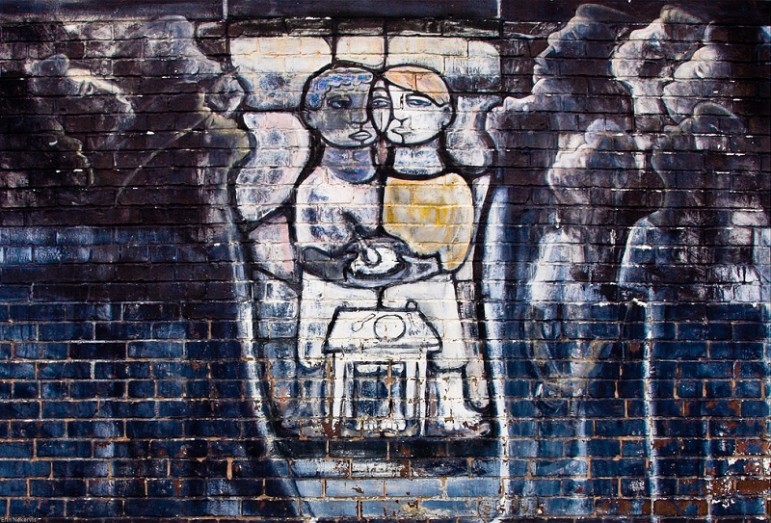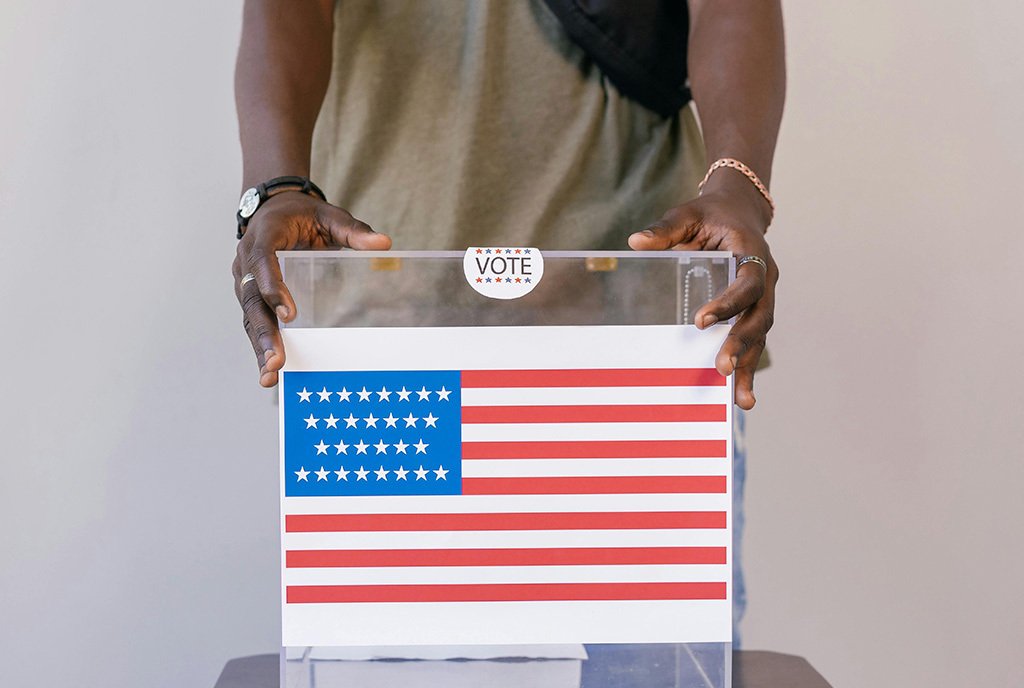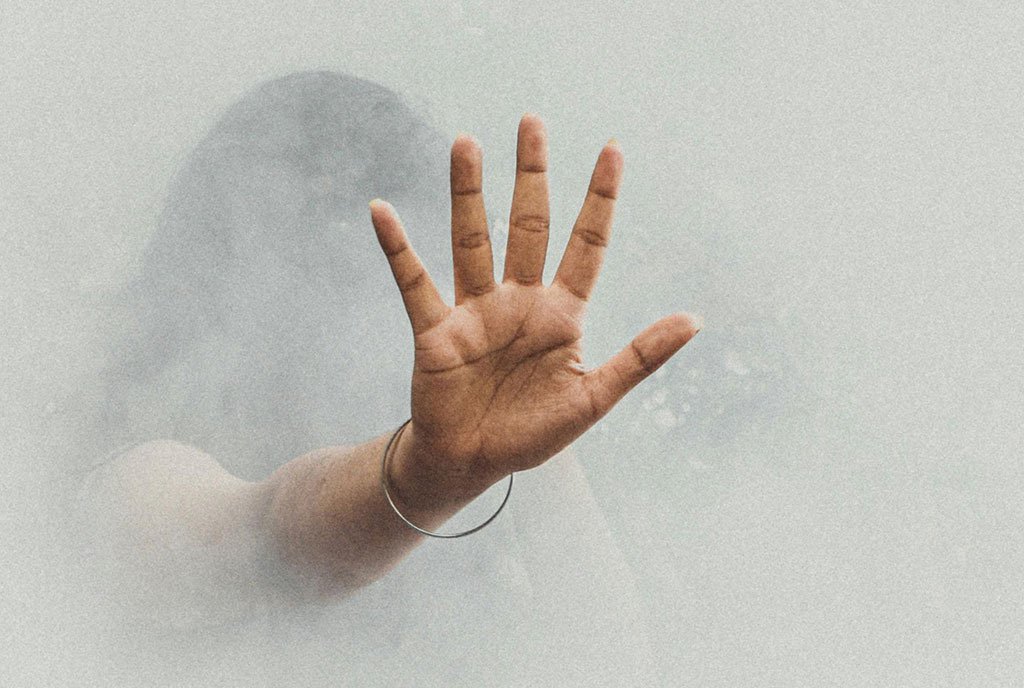
December 21, 2015; DNAinfo Chicago
#williamwalker #mural #chicago #publicart #publicartchi #allofmankind
A photo posted by @seriouspleasures on
Last week, when in the Northside Stranger’s Home Missionary Baptist Church in the Cabrini-Green neighborhood in Chicago painted over its historic mural with no notice, there was understandably an outcry from the public. Many saw the mural as a staple in the community and within greater Chicago. The mural was painted by one of Chicago’s first muralists in 1972 in the midst of a social revolution. Since then, the “All of Mankind” mural has symbolized peace and unity between different religions and backgrounds while also including the names of people who were killed in terrible ways, like Malcolm X, Jesus Christ, Martin Luther King, Jr., among others.
According to Jon Pounds, emeritus executive director of the Chicago Public Art Group, which fought for years to save the mural, it was painted over in light of the property’s new owner deciding to convert the church into a home. Indeed, the mural’s fate was tied to the fate of the Cabrini-Green church, which put the property up for sale five years ago having lost much of its congregation in the changing neighborhood. Once a haven for the poverty-stricken, the Cabrini-Green neighborhood now houses a more affluent crowd. With the changing needs of its community, the church fell on hard times.
The response to the loss of the mural has been nothing short of heartbreak—and, for others, hostility. “I said, ‘Holy cow!’” said Reverend Randall Blakey, part of the Chicago Public Art Group. “It was a sad feeling—for the legacy of William Walker, for the potential of the Near North neighborhood. And it was a sad day for the contribution that this church had made to the Near North Side for years.”
“I feel bitterness and sadness,” said Pounds. “The bitterness I feel is not precisely for the decision or action, or decision of someone to make money from an investment, but the bitterness is that we don’t have enough of a social conscience that we can’t anticipate the value of reflecting on this more. There wasn’t a more accessible ability to preserve this as an element of Cabrini-Green, as an element of our contemporary life.”
Sign up for our free newsletters
Subscribe to NPQ's newsletters to have our top stories delivered directly to your inbox.
By signing up, you agree to our privacy policy and terms of use, and to receive messages from NPQ and our partners.
Ingeborg Kohler, 74, created the “All of Mankind” Coalition seven years ago to help preserve the mural she calls a “masterpiece.”
“It was a teaching piece. Not only for adults, but specifically for kids. It was a value [that kids] could check out all of the names and events and do research on them,” she said.
In response to the backlash to the decision, those who ran the church had only this to say: Where were you five years ago, when the church needed you? Annie Thomas, the daughter of the founding pastor of the church expressed little sympathy for those outraged about the loss of the mural. “Nobody could help, and now they want to know why it’s gone,” said Thomas.
According to Thomas, painting over the museum was “completely the church’s decision.” The church had considered other options, such as moving it entirely or repair it, doing so was always too costly. None of the prospective buyers of the property were willing to repair or move the mural themselves.
“Believe me, we can’t afford to even pay our monthly bills,” Thomas said. “This place is raggedy, old, and it’s falling apart.”
The Chicago Public Art Group and other concerned individuals wanted to take on the responsibility of the church and convert it into a community center, but couldn’t afford the $1.7 million asking price to buy the property. Despite their good intentions, the immediate needs of the church and the need to pay off its debts prompted the decision to sell.
“I think it was a ploy to hurry up and sell the property,” said Chicago alderman Walter Burnett. “I understand the family wanted their money, but it would’ve been better to speak with the community about it. That mural means a lot to a lot of people.”—Shafaq Hasan













